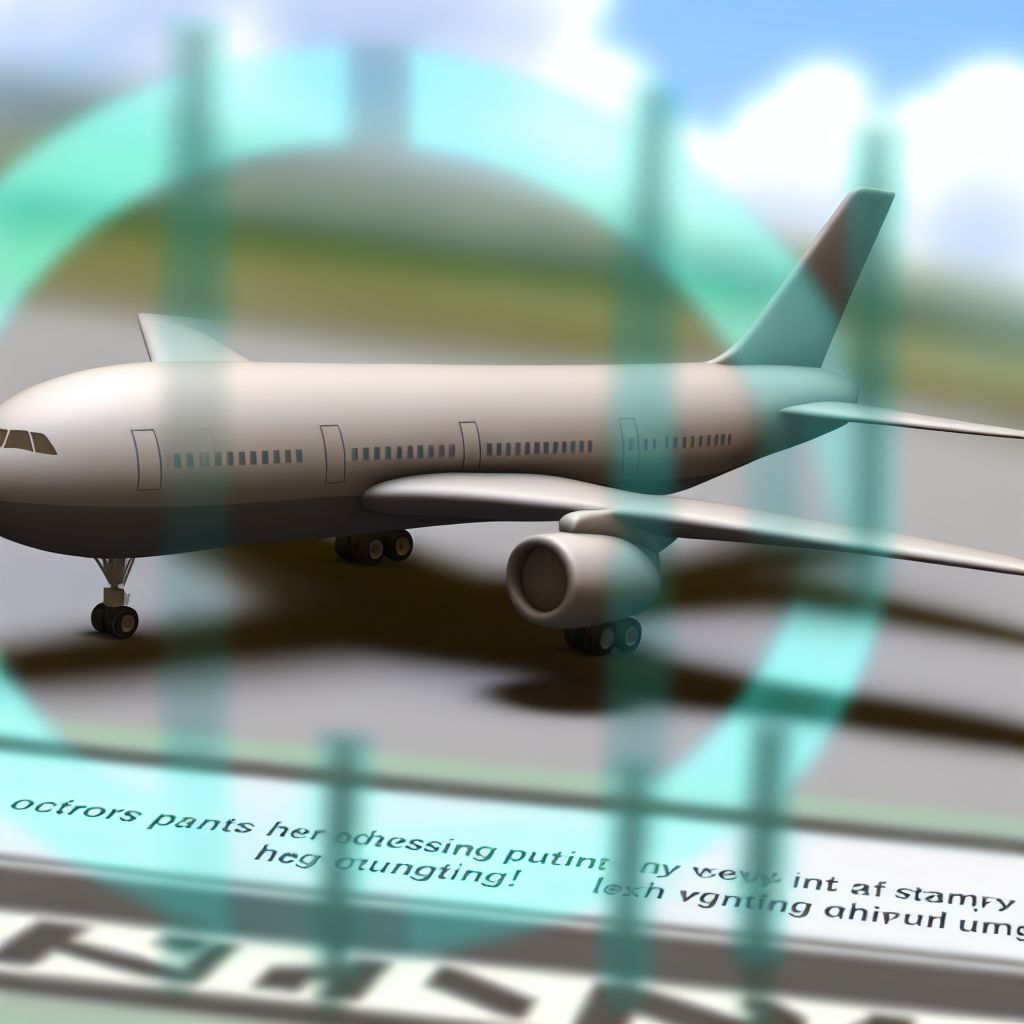In the Space industry context, the term "aeroplane" isn't typically used in its traditional sense, referring to aircraft that fly within Earth's Atmosphere using fixed wings for lift. However, the concept and technology behind aeroplanes—or more broadly, aerospace vehicles—play a role in several areas related to space exploration and operations. This includes the Development and use of spaceplanes, which are vehicles capable of atmospheric flight like an aeroplane but also equipped to travel in space. Spaceplanes represent a hybrid class of aerospace vehicles designed for tasks such as launching satellites, conducting research in microgravity, and potentially serving as platforms for space tourism.
Description

Spaceplanes and aeroplane-like technologies in the space industry are focused on achieving a seamless transition between atmospheric flight and spaceflight. These vehicles aim to combine the convenience and reusability of conventional aeroplanes with the capability to reach and operate in space. They are envisioned to take off and land on conventional runways, significantly reducing the cost and Complexity of space Access.
Application Areas
- Reusable Launch Systems: Spaceplanes can serve as reusable launch systems, potentially lowering the cost of deploying satellites and other payloads into Orbit.
- Space Tourism: Vehicles that operate both as aeroplanes and spacecraft are central to the emerging space tourism industry, offering suborbital flights to the edge of space.
- Research Platforms: Some spaceplanes are used for scientific research, providing a unique Environment for experiments in microgravity.
Well-Known Examples
- Virgin Galactic's SpaceShipTwo: A suborbital spaceplane designed for space tourism, capable of carrying passengers to the edge of space for a brief Experience of Weightlessness before gliding back to Earth.
- The Space Shuttle: NASA's retired spaceplane that could glide back to a runway landing after completing its missions in orbit, demonstrating the potential for reusable spacecraft with aeroplane-like landing capabilities.
Treatment and Risks
Developing and operating spaceplanes involves several challenges:
- Technical Complexity: Designing vehicles that can withstand the Harsh conditions of space and the Aerodynamic forces of atmospheric flight.
- Safety and Reliability: Ensuring the safety of crew and passengers throughout both phases of flight, given the high speeds and energies involved.
- Regulatory and Certification Processes: Navigating the complex regulatory environment for vehicles that operate in both airspace and outer space.
Weblinks
- top500.de: 'Aeroplane' in the glossary of the top500.de
- travel-glossary.com: 'Aeroplane' in the travel-glossary.com
Summary
While "aeroplane" is not a term directly associated with space industry activities, the principles and technologies related to aerospace vehicles, particularly spaceplanes, play a significant role. These vehicles bridge the gap between atmospheric flight and space Exploration, offering new possibilities for access to space, research, and commercial opportunities in the emerging space tourism sector.
Related Articles to the term 'Aeroplane' | |
| 'Airplane' | ■■■■■■■■■■ |
| Airplane: An airplane, also known as an aircraft or aeroplane, is a vehicle designed for air travel that . . . Read More | |
| 'Astronautics' | ■■■■■■■■■ |
| Astronautics in the space industry context refers to the Science and technology of space travel, including . . . Read More | |
| 'Satellites and Spacecraft' | ■■■■■■■■ |
| Satellites and Spacecraft: Satellites and spacecraft are essential technologies in the space industry, . . . Read More | |
| 'Aerospace' | ■■■■■■■ |
| Aerospace is a term that refers to the Earth's atmosphere and the space beyond it. . . . Read More | |
| 'DLR' | ■■■■■■■ |
| DLR stands for "Deutsches Zentrum für Luftund Raumfahrt" (German Aerospace Center) which is the national . . . Read More | |
| 'Spaceplane' | ■■■■■■■ |
| In the space industry context, a spaceplane is a vehicle that combines features of both aircraft and . . . Read More | |
| 'Manned Space Mission' | ■■■■■■■ |
| Manned Space Mission refers to space missions that involve human astronauts travelling into space to . . . Read More | |
| 'Aircraft flight control system' | ■■■■■■■ |
| An Aircraft flight control system in the space industry refers to the technologies and methods used to . . . Read More | |
| 'Aircraft flight mechanics' | ■■■■■■■ |
| Aircraft flight Mechanics in the space industry refers to the principles and techniques used to understand . . . Read More | |
| 'Airfoil' | ■■■■■■■ |
| Airfoil: An airfoil is a shape designed to generate lift when air flows over it, commonly used in the . . . Read More | |
